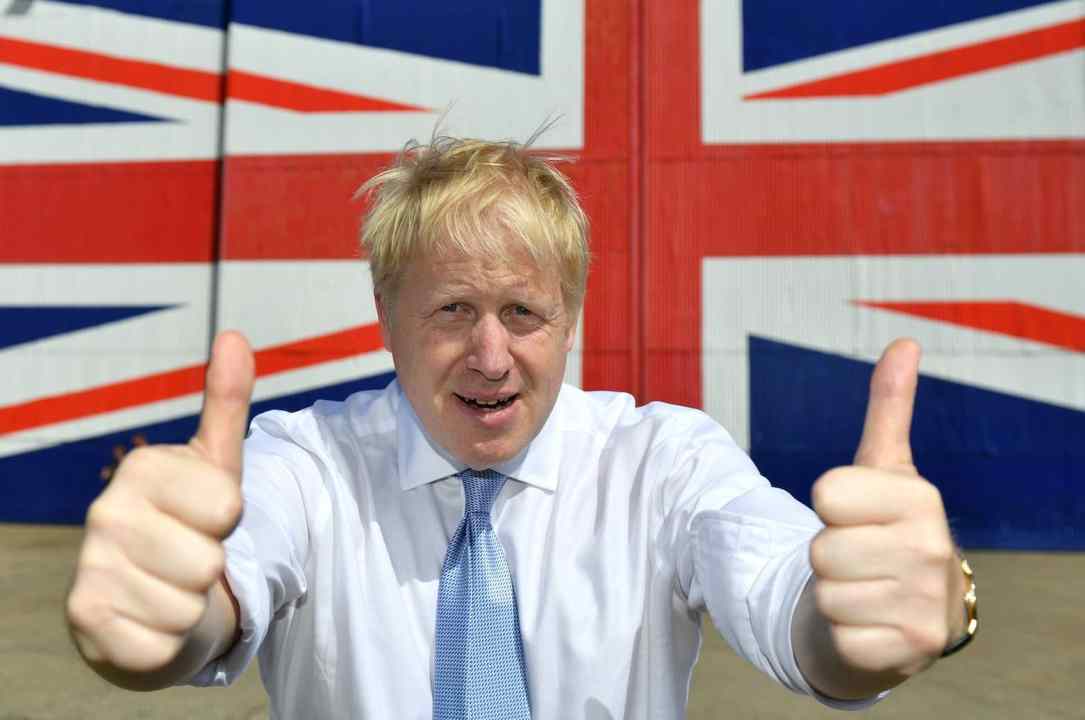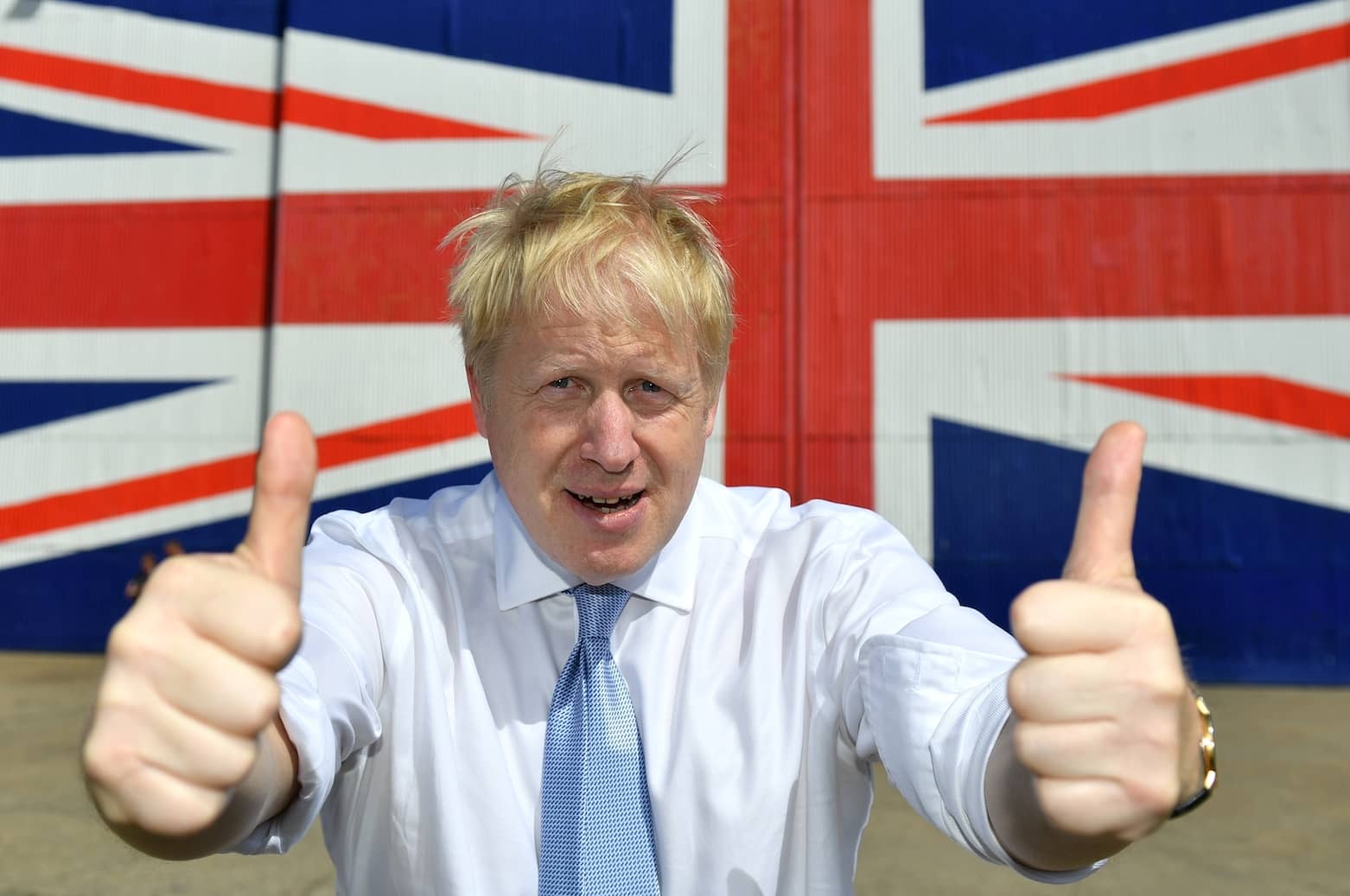In the past century, only four British prime ministers have returned to 10 Downing Street after being ejected from office. As Boris Johnson attempts such a second coming only weeks after being ousted by his own MPs, the historical record suggests that if he returns from the political grave the resurrection won’t produce a miracle.
The first returnee from the ranks of the political undead was the Tory statesman Stanley Baldwin, a stolid and unflappable Worcestershire iron master. Indeed Baldwin got not only a second coming but a third too. Like Boris Johnson with Theresa May, Baldwin was primarily responsible for ousting a sitting Prime Minister when he denounced David Lloyd George as a destructive ‘dynamic force’ at the historic meeting in October 1922 that saw the birth of the 1922 Committee of Tory MPs.
Lloyd George was succeeded by the Tory leader Andrew Bonar Law, but Law was a dying man and when terminal throat cancer was diagnosed in May 1923 Baldwin became Prime Minister. His first stint as PM was brief. Within months he went to the country to seek a mandate and failed to get it. In January 1924, for the first time in British history, the rising Labour party was able to form a minority government. The new Prime Minister, James Ramsay MacDonald, would be the second PM to enjoy a second – albeit disastrous – period in office.
Churchill returned to power in 1951 but he was in his mid-70s and a shadow of his wartime self
MacDonald, the illegitimate son of a Scottish crofter, was an impeccably moderate socialist, but his attempt to build diplomatic relations with the new Soviet Union sparked an anti-communist red scare that brought his newly fledged government to a swift end after just nine months and Baldwin returned to office.
Baldwin’s second stint in power was his finest hour. His own moderate brand of One Nation Toryism enabled him to negotiate a peaceful end to the general strike in May 1926 – the moment when Britain came closer to revolution than at any time before or since. But when Baldwin went to the country again in May 1929, with the complacent slogan ‘safety first’, MacDonald’s Labour won the most seats in a hung parliament – once again his government hung by a thread and that October the thread snapped.
The Wall Street crash that month triggered the worldwide Great Depression which swamped MacDonald’s government. In 1931, with unemployment rocketing and the political establishment in a state of a meltdown, the cautious Scot was persuaded by King George V to invite his Tory and Liberal opponents to unite in a national government to meet and beat the crisis.
Getting into bed with the hated Tories spelt the end of MacDonald’s career. The vast majority of Labour MPs angrily rejected the move and denounced the Prime Minister as a traitor to his class and party. MacDonald remained PM in name only, but he was a hollow man rubber-stamping cuts in benefits in a Tory-dominated government. In addition, he began to show Biden-esque signs of dementia in his confused speeches. He handed the premiership back to Baldwin in 1935 and died on a cruise in 1937, a pathetic, reviled, and almost forgotten figure.
Baldwin’s third period in office hardly covered him in glory. Although he successfully eased the pro-Nazi King Edward VIII off the throne in December 1936, his lack of interest in foreign affairs was disastrous at a time when the menace of Hitler’s Germany was becoming evident to all. Believing that ‘the bomber will always get through’ he refused to spend money on defence, and kept a belligerent Winston Churchill out of his cabinet until his retirement in 1937 when he handed over to the like-minded appeaser Neville Chamberlain. Despised and derided, he died in 1947.
Churchill, when he finally attained office in 1940, famously embodied Britain’s finest hour with his defiance of Nazi conquest when Hitler seemed invincible. The old warrior’s wartime premiership became legendary as he travelled the world inspiring Allies in the victorious global war against fascism. But in winning the war internationally, Churchill had neglected the home front; he was as surprised as anyone when Labour swept to power in the landslide election of 1945.
Churchill returned to power in 1951 but he was in his mid-70s and a shadow of his wartime self. Depressed by the end of Empire and Britain’s diminished role in the world, he was hit by a series of strokes – all carefully concealed from the public – but clung to office until he retired on reaching the age of 80 in 1955. He died ten years later.
The final Prime Minister to have come back from defeat to an Indian summer of power was Labour’s Harold Wilson. An academic economist, Wilson became his party leader after the unexpected death of Hugh Gaitskell in 1963. Promising a new and modern Britain after ‘13 years of Tory misrule’, Wilson won a narrow election victory in October 1964, which he converted into a substantial majority in 1966.
But four years later he was out again. Beset by economic woes, industrial strife and party infighting, Wilson was a prematurely aged and tired figure when Labour won another razor-thin majority in February 1974. Though skilfully cementing Britain’s membership in the future EU in the 1975 referendum, Wilson was already showing signs of early dementia which caused his voluntary resignation in 1976. He died in 1995.
As Boris Johnson mulls whether he too can come back to Downing Street for a second period in power, the examples of these four predecessors offer little comfort. His defiant cry of ‘hasta la vista!’ (‘see you later’) as he left office this summer was a clever bit of political theatre. I’m going, he said, but this isn’t the last you see of me. Yet, as he also reflected, politics is a rough trade; he may well lose out to his erstwhile understudy Rishi Sunak. Well, them’s the breaks.







Comments